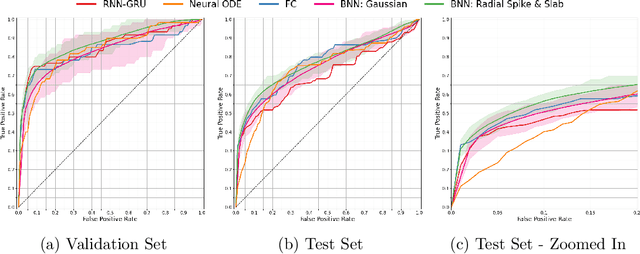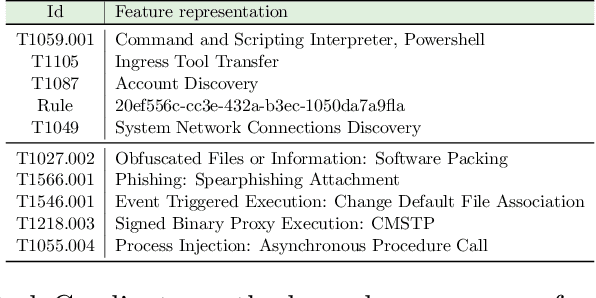Radial Spike and Slab Bayesian Neural Networks for Sparse Data in Ransomware Attacks
Paper and Code
May 29, 2022


Ransomware attacks are increasing at an alarming rate, leading to large financial losses, unrecoverable encrypted data, data leakage, and privacy concerns. The prompt detection of ransomware attacks is required to minimize further damage, particularly during the encryption stage. However, the frequency and structure of the observed ransomware attack data makes this task difficult to accomplish in practice. The data corresponding to ransomware attacks represents temporal, high-dimensional sparse signals, with limited records and very imbalanced classes. While traditional deep learning models have been able to achieve state-of-the-art results in a wide variety of domains, Bayesian Neural Networks, which are a class of probabilistic models, are better suited to the issues of the ransomware data. These models combine ideas from Bayesian statistics with the rich expressive power of neural networks. In this paper, we propose the Radial Spike and Slab Bayesian Neural Network, which is a new type of Bayesian Neural network that includes a new form of the approximate posterior distribution. The model scales well to large architectures and recovers the sparse structure of target functions. We provide a theoretical justification for using this type of distribution, as well as a computationally efficient method to perform variational inference. We demonstrate the performance of our model on a real dataset of ransomware attacks and show improvement over a large number of baselines, including state-of-the-art models such as Neural ODEs (ordinary differential equations). In addition, we propose to represent low-level events as MITRE ATT\&CK tactics, techniques, and procedures (TTPs) which allows the model to better generalize to unseen ransomware attacks.
 Add to Chrome
Add to Chrome Add to Firefox
Add to Firefox Add to Edge
Add to Edge